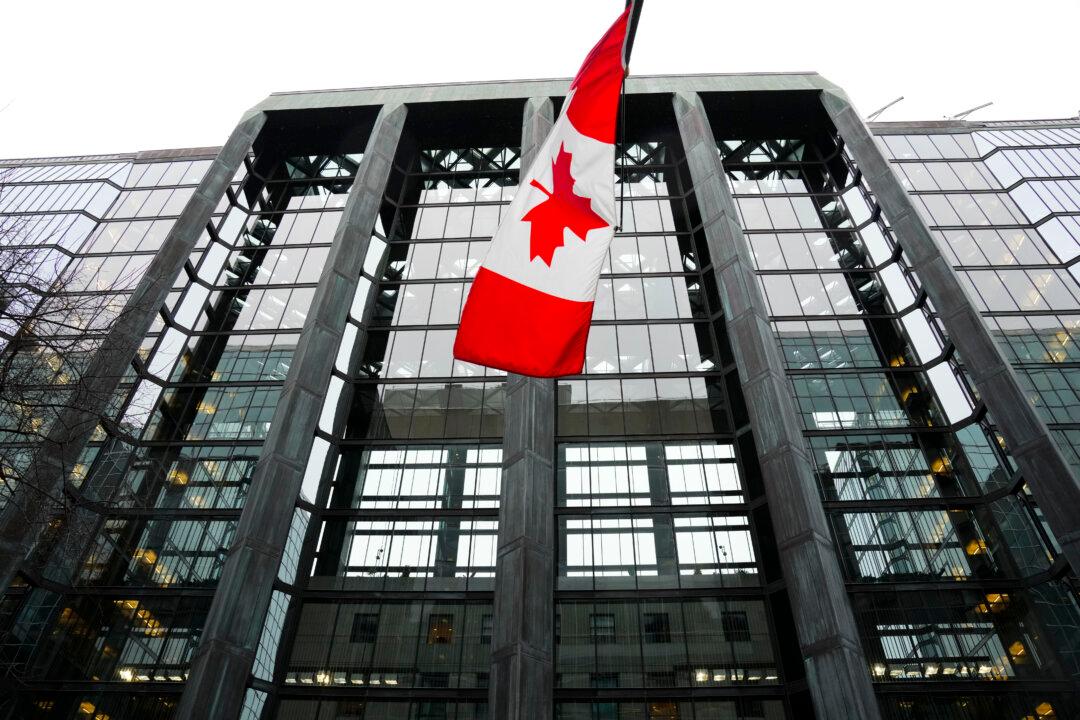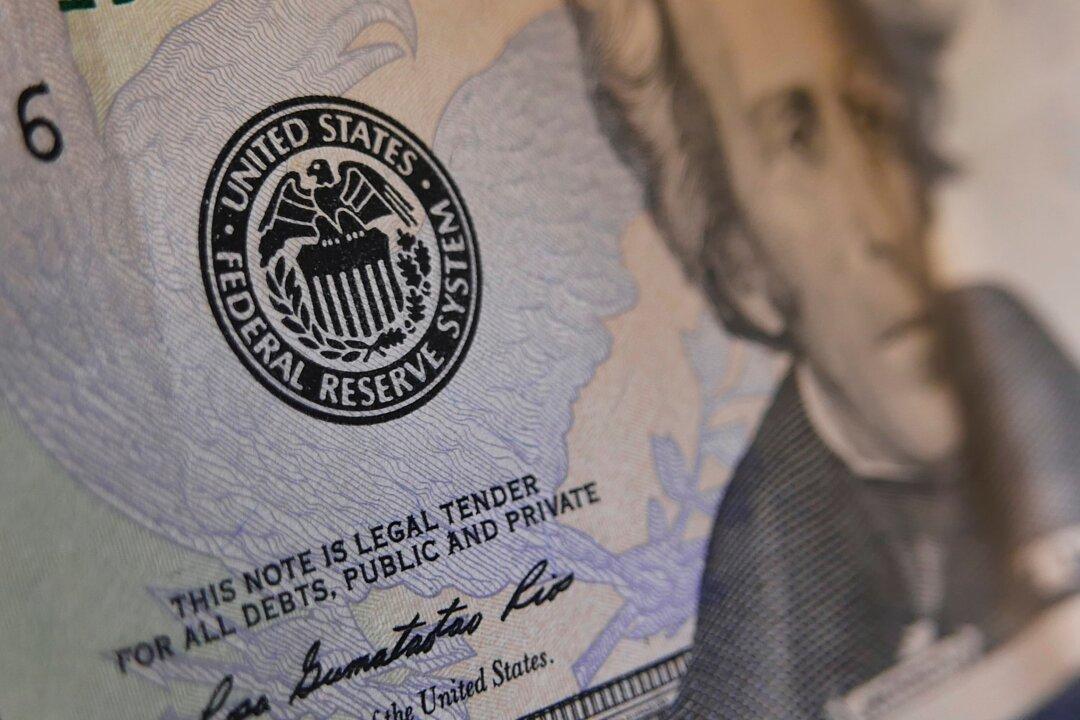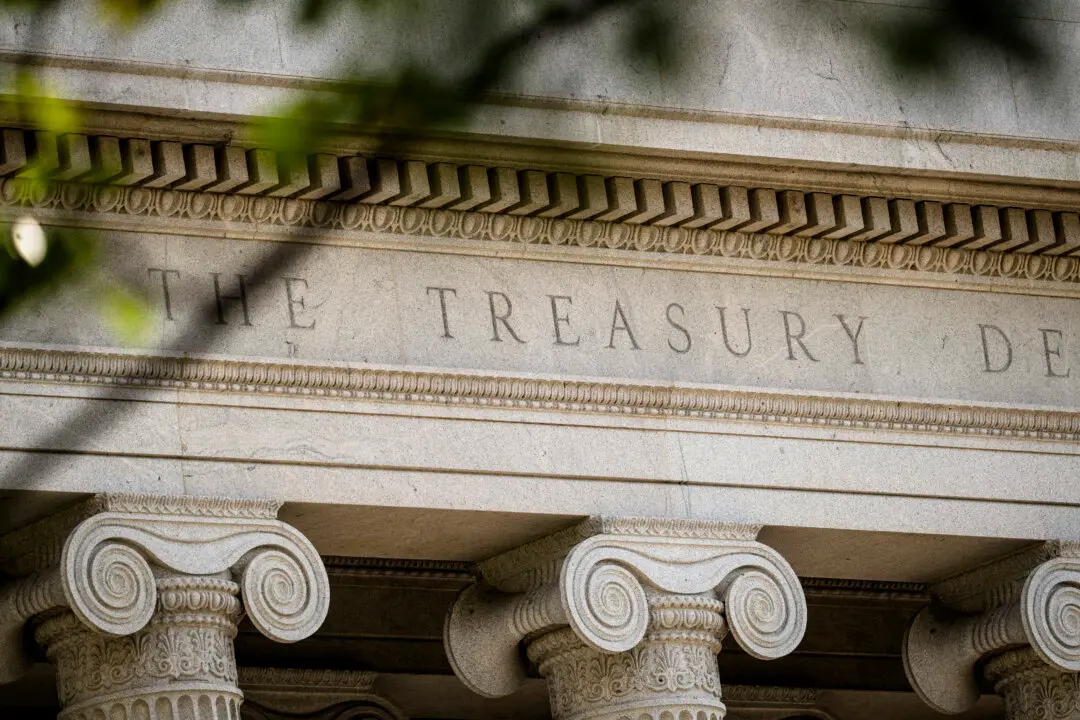Commentary
The Bank of Canada has elected to raise its policy rate to 4.75 percent. The market in the form of the yield curve had estimated a 40 percent to 45 percent chance that the Bank would raise the key rate. Economists had put the probability at only 20 percent. Yet again the market outperforms economists.
The day before, one-year rates traded around 4.96 percent while ten-year yields traded at an eye-opening 1.64 percent below that yield at 3.32 percent. One-year rates were steady after the announcement while ten-year yields rose about ten basis points after the announcement.
Bond investors seemed shaken. The collective opinion of the market may be shifting away from significant raise cuts late in the year to a couple of small rate hikes followed by staying at the terminal rate for a while. Bonds look less appealing.
On the surface, the Canadian economy appears in balance. Inflation appears to have settled into the 4 percent to 5 percent range after declining from recent peaks. This is above the desired 2 percent level central bankers and economists seem to desire and this stickiness probably influenced the Bank’s decision. During the 1980s, 4 percent inflation rates were the norm and the economy flourished.Despite many forecasting a recession and perhaps even a serious one, Canadian GDP growth for the first quarter of 2023 came surprised forecasters, coming in at a solid 3.2 percent. The labour market is also tight in Canada. The bears have been disappointed in their forecasts but they may have been just early. Past downturns came after cyclical lows in unemployment rates and strong headline growth. Much of Europe, including Germany is in an economic downturn. The U.S. economy seems to be slowly grinding to a halt and the Canadian economy is highly dependent on the U.S.





